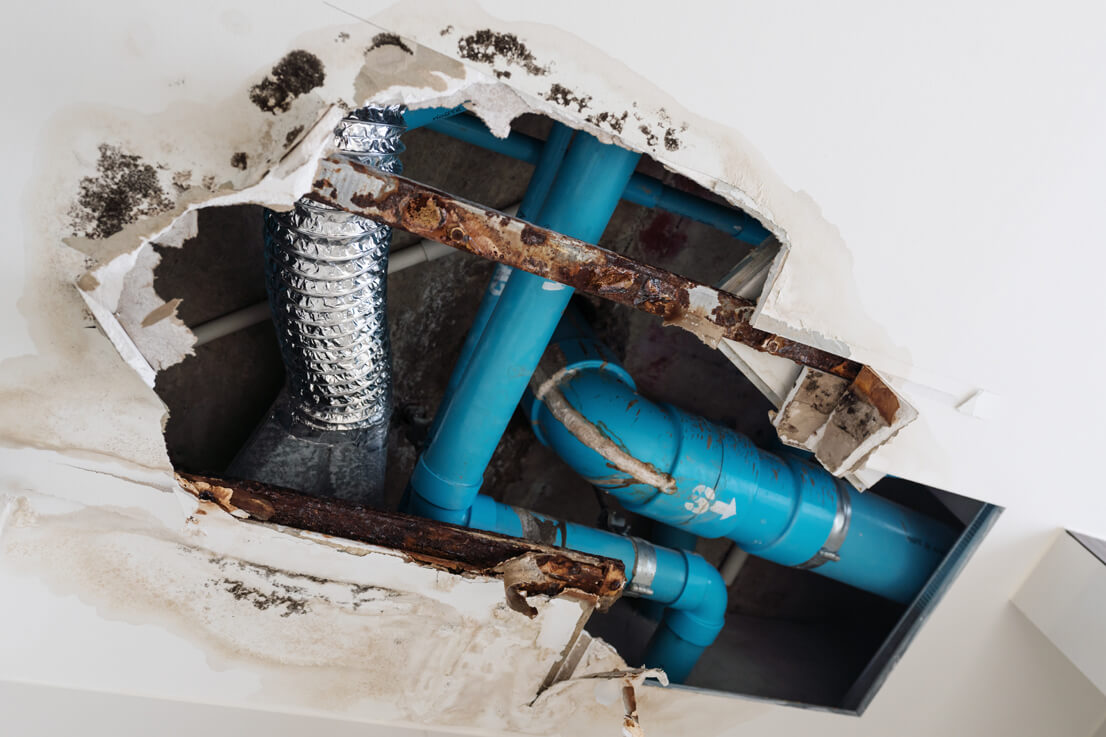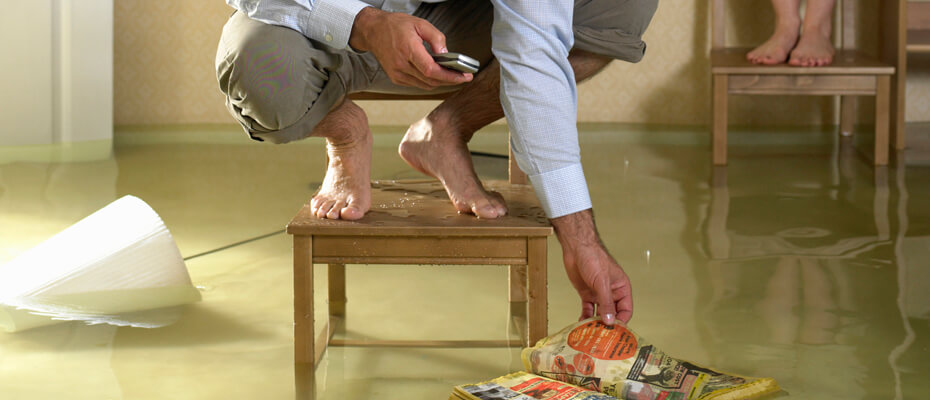If you are a homeowner, it is necessary that you keep checking up on different issues inside the house to live a comfortable and peaceful life.
In every household, numerous problems can come up if there is no regular maintenance. Some issues might seem trivial but can pose more dangerous hazards that can impact the overall foundation of the house. One such problem is water damage.
It can not only ruin the paint but also make the walls weaker from the base, and in the worst case, these damages can make your building crash down.
Thus, getting these issues treated as soon as possible is necessary. To do so, you must keep monitoring your house’s water damage symptoms and take the required measures.
However, for extreme cases, you should opt for professionals offering effective water damage restoration Minneapolis.
So, here, in this article, we will uphold everything you should know about water damage and how you can detect it yourself.
What are the Major Signs of Water Damage?
When your property is damaged due to water, it leaves many signs behind. Knowing these symptoms is crucial so you can take the necessary actions to repair them.
So, below are some of the common signs of water damage.
1. Water Stains
Water stains are the most prominent signs you can notice. It often starts with a spot but slowly covers a broader surface anywhere in the house.
It can happen because of many reasons. Whether due to internal leakage or excessive rains outside, anything can cause water stains.
Another thing that comes with these stains is the discoloration of the area. Even if the water stains dry, the damage remains still quite visible.
The color of the damaged area will mostly be a little darker than the original color of the wall surface. In case the water damage is on a wooden surface, you will be able to see discoloration or puffiness in the area.
2. Damp Smell
The smell is the ultimate sign of water damage when it is not visible on the surface.
Especially when the damage happens in areas like behind cupboards, under the shelves, or in the sink, the damp smell becomes quite significant. It is a little musty, and the odor increases when you approach the affected area.
However, when you inspect such areas, you will find that the damage caused by the water is way too much. Thus, it becomes vital to get rid of it before the damage increases to an irreparable state.
3. Mold
If you miss out on the smell, the mold is another significant sign of water damage. It appears after some days of water damage.
Mold and mildew can appear faster if the damage is not detected for a long time. Such a case happens when there is water leakage, the residents of the house are out of town, and the leak remains undetected.
Sometimes, even while at home, negligence to the damages can lead to mold formation on the surfaces.
4. Wall and Floor Damage
Wall damage mostly happens due to leakage, while the floor gets destroyed due to water dripping. Compared to leakage, water dripping is more noticeable. So, contact professionals to fix it as soon as you detect it.
Now, water leakage can happen from the side or middle of the walls. In case when the water damage on a wall starts from the middle, it is because the leakage occurs from the other side of the wall.
This type of wall damage happens if the wall is adjacent to a bathroom or if you are staying next door to a neighbor and sharing a thin wall.
How to Find Water Damage in Your House?
Since there are different types and signs of water damage, it is necessary to know how to find them before they go out of control.
A little precaution can go a long way to avoid significant damages, and the cost of repairs will also be less.
So, the following are some tips for detecting water damage in your home.
1. Inspect All Water Pipes

Improper plumbing is the primary source of water leakage.
There are several reasons why there can be a leakage in pipes. Either the pipe has been in use for a long time or hasn’t been maintained regularly.
It can also happen that a few screws or other fittings of the pipes have become loose over time. Hence, to detect water damage, the first thing you can do is check the pipes thoroughly.
2. Inspect the Walls
Ensure to check all the walls in your house. Since water damage can happen from the other side, it is good to get to the root of it.
If there are installations on the walls, check behind them too.
3. Check the Ceiling
If your house has a bathroom upstairs, or you stay in an apartment, there can be chances of wall damage via the ceiling.
Since the ceiling is not something that catches your eye instantly, there are chances that it goes unnoticed. Thus, it is good to keep an eye on the roof to look for any water damage so that necessary actions can be taken.
4. Check Your Dishwasher and Other Appliances
Home appliances like the dishwasher, washing machines, and refrigerators use water in some way or another. Often these devices are tucked away, and you use them only from the front side.
Thus, it becomes obvious not to notice any water leakage or damage until the water spills on the floor.
5. Inspect Window Sills and Door Frames
Windows and doors are very prone to water damage. It is mainly because these components of the property stay in continuous contact with the outside environment.
Hence, rains or snow can slowly impact the doors and windows, and the damage can then pass on to walls and other places in your home.
Conclusion
Water damage is easy to ignore and hard to detect. However, repetitive damage can weaken your home’s surfaces.
It can also cause the paint to rip off. And if left unrepaired, this damage even causes your house to collapse. Thus, finding and fixing the water damage is imminent.

